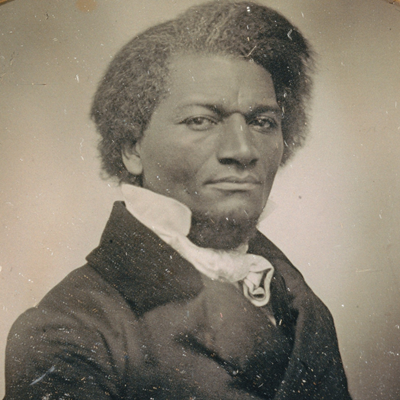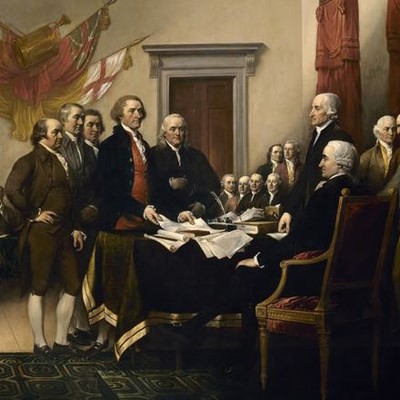
"Her latest blog entry was one huge paragraph 41 lines long. Hiding in it was some good information, but that info could not undo the negative impression."
– One of several reasons to use short paragraphs in emails
We were just having a discussion with a client about it this week.
Even in the age of text messages, smart phones, Twitter, and Slack, there's at least one person in every company writing emails that look like a novel—and not one you'd want to read.
In fact, we know these emails are often not opened and read. People take one look at the heap of words and hit delete.
We also know this: Even though everyone complains about the same problems with email, someone out there is still doing it wrong.
We won't tackle every pet peeve here, but you can get things started by applying these three techniques of good writing and presenting to every email you send:
1. Open strong.
In a presentation, a strong open tells the audience what the presentation is about and why they care—what's in it for them. In a magazine article, you work to hook the reader with a strong lede.
In most emails, your opening lines should make three things clear:
- What this is about
- Why I care
- What you want from me
When an email opens strong, it increases the odds that the rest of it will be read and that the right action will follow.
2. Write in simple, clear sentences.
When we talk about speeches, we always say the audience can't hit the pause button. They have to get your information on the first pass.
In emails, they should get your information on the first pass, too. No one wants to re-read your email and try to decipher your meaning. You aren't T.S. Eliot. This isn't poetry. It's a work email.
To make sentences easy to read, try to:
- Keep them short. Break up long sentences into two or three shorter ones.
- Remove filler words. Get the sentences down to the words that contribute necessary information.
- Use the simple word when that's an option. Replace "utilize" with use. Instead of "proceed," write go.
- Use jargon and acronyms sparingly and with care. Of course, some readers will get your terminology. Others speak in institutional language with ease. But plenty of people don't. And even when they do, it can make language sound tired, problems seem remote, or ideas seem abstract.
3. Make paragraphs shorter. Break up big blocks of text.
We tell speakers that audiences need pauses in order to keep up.
Readers need encouragement to keep going.
That's where shorter paragraphs can be a big help.
You can (almost arbitrarily) break a large block of text into several two and three line paragraphs, and you will increase the likelihood your email will be read.
Look at newspaper and magazine articles, almost anything posted online, and you'll see how it's used to make stories more readable. Extra space makes an email seem less daunting, too.

A Simple Fix
As with all writing, better emails come with editing. But if we're realistic, we have to admit not everyone has time to devote to editing every single email they write.
Still, there are things you can do every day that will move you in the right direction.
Here's one simple editing technique you can try: Set a goal to cut a fixed number of words from every email.
You don't have to be too ambitious at first. Just try to cut, for example, 10 words from every long-ish email you send for one week. Before you know it, you'll be making better choices in every email you write.






